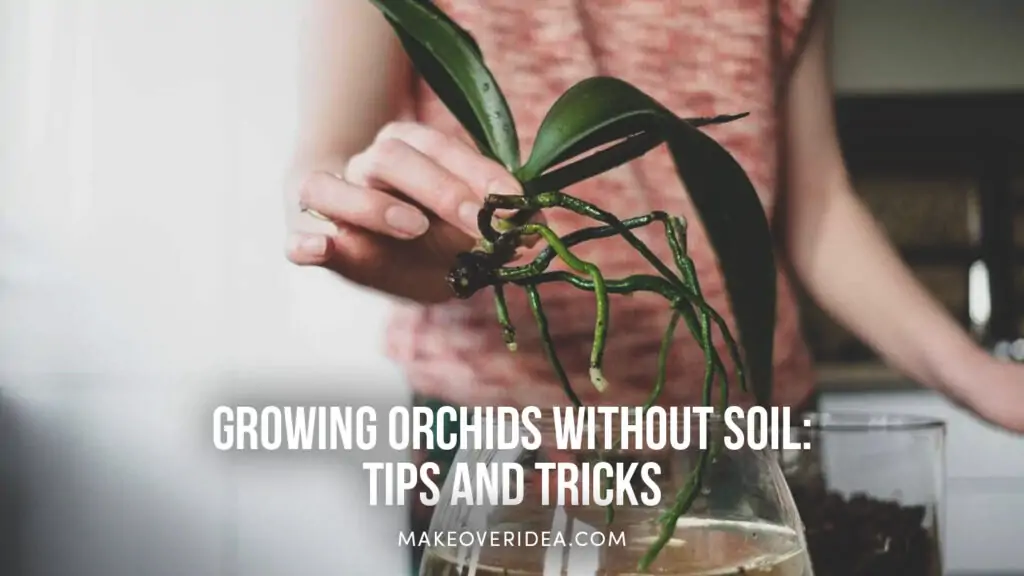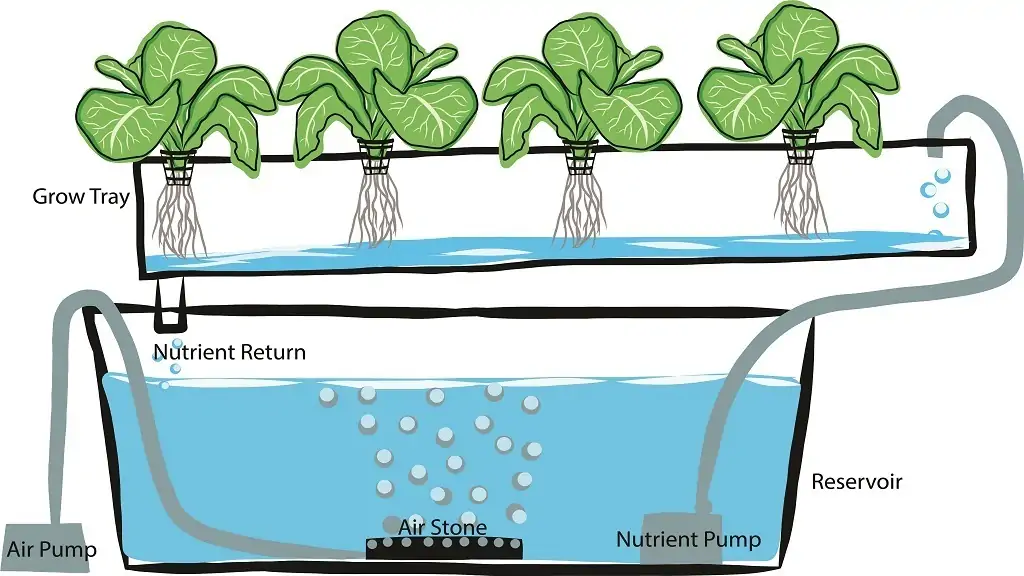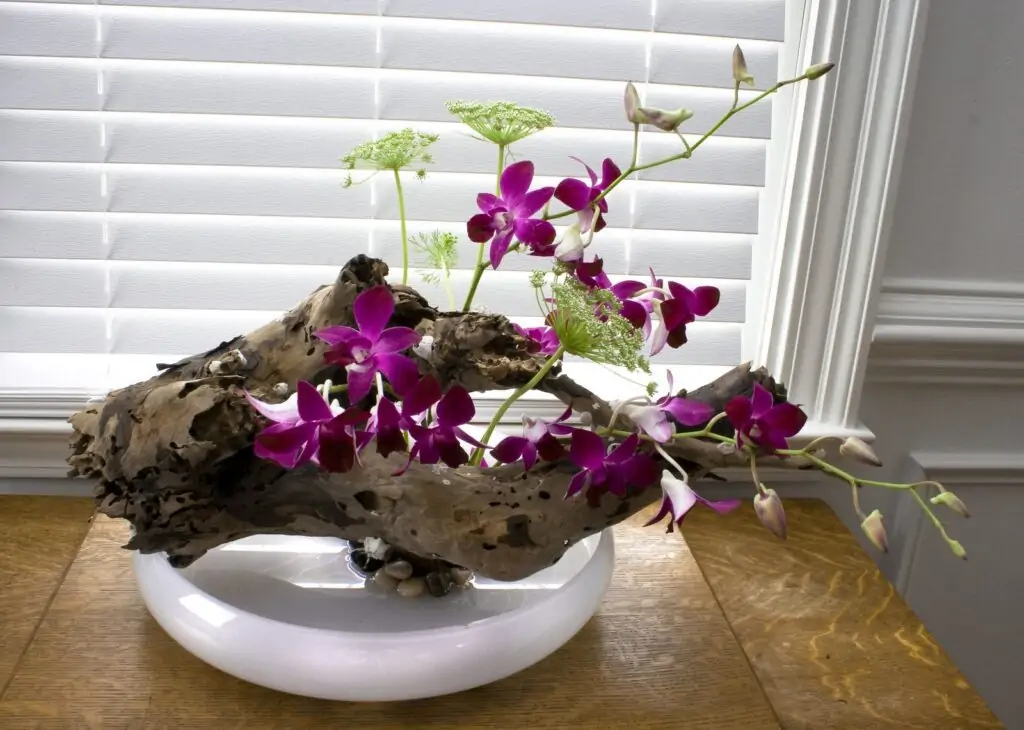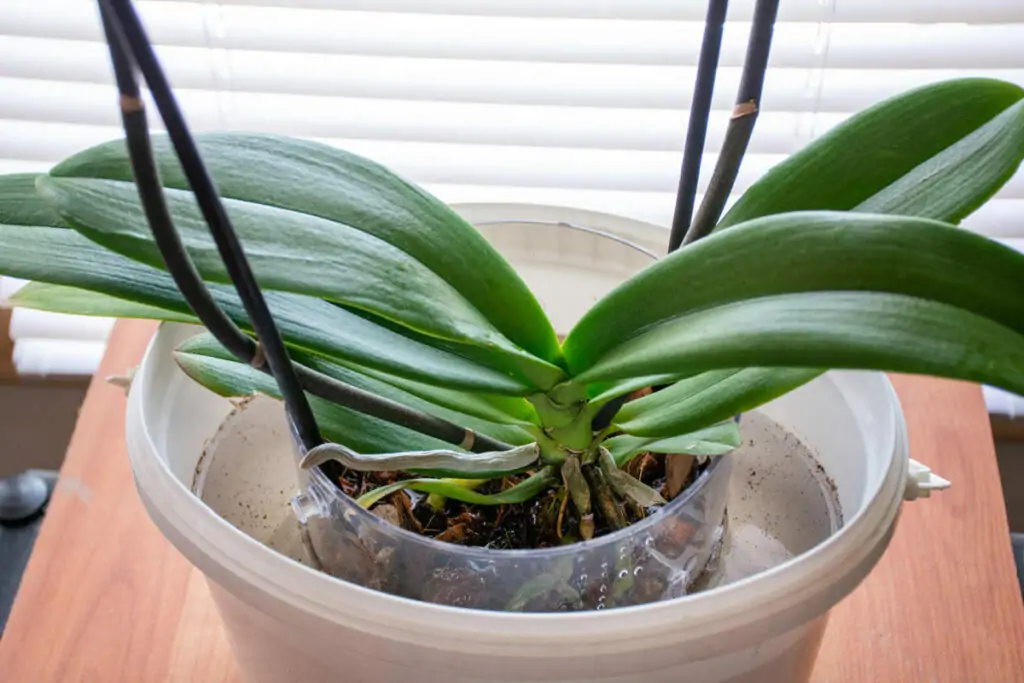How to Grow Orchids Without Soil: Handy Tips and Tricks

If you want to know how to grow orchids without soil, this comprehensive guide is what you need. It explores the essentials of soilless orchid growth and provides you with practical tips and tricks to help you achieve stunning results. Let’s get started.
Soilless Orchid Growth Essentials
Before we explore the various methods of growing orchids without soil, it’s crucial to understand the basics and determine why you might want to grow orchids without soil in the first place.
Why Grow Orchids Without Soil?
Growing orchids without soil offers several advantages, including better aeration and drainage for the roots, which in turn promotes healthier and more vigorous growth. Furthermore, soilless media reduces the risk of pests and diseases that may infest traditional potting mixtures. Another great benefit is the ability to closely monitor and control the nutrients and moisture levels of your orchids, resulting in healthier and more vibrant plants.
Choosing the Right Orchid Variety
Not all orchids are suited for soilless growth. Some of these plants, such as terrestrial varieties, rely on soil to anchor their roots and obtain nutrients. However, many other types, like epiphytic and lithophytic orchids, are well-adapted to growing without soil. Common epiphytic orchids include Phalaenopsis (moth orchids) and Dendrobiums, while lithophytic examples are Cymbidiums and Oncidiums. If you choose these orchid types, the soil will be something you can do without, as these varieties naturally cling to tree bark or rocks in their native habitats.
Can Orchids Grow Without Soil? Exploring the Options
Now that you know why and which orchids to grow without soil, let’s take a closer look at the various soilless methods to help you choose the best approach for your specific needs.
Hydroponics

Hydroponic orchid growing involves providing the plants with essential nutrients through a water-based solution instead of soil. Orchids grown hydroponically often display improved growth and flowering as they receive optimal nutrition and oxygen at the root level. In his book “Orchid Growing for Wimps” (1), author Ellen Zachos explains that “hydroponic systems are ideal for growing orchids because they provide a precise method of delivering water and nutrients, enabling optimal control over the growing environment.”
Semi-Hydroponics
Semi-hydroponics is a variation of hydroponics that utilizes an inert growing medium, such as perlite or LECA, to anchor the roots and provide some moisture retention. This method offers the benefits of hydroponics while adding a measure of stability for the plant. According to a study conducted by the American Orchid Society (2), semi-hydroponics has been found to improve the overall health and growth of various orchid species.
Epiphytic Mounting
Epiphytic mounting involves attaching orchids to a piece of bark, cork, or other natural materials that mimic their natural growing environment. This method provides excellent airflow around the roots, which is crucial for healthy orchid growth. Expert orchid grower Mary Gerritsen explains in her book “A Compendium of Miniature Orchid Species” (3) that “mounted orchids often grow and flower better than potted ones because they receive better air circulation and can be watered more frequently without the risk of overwatering.”
Sphagnum Moss
Sphagnum moss is a popular soilless medium for growing orchids, as it provides excellent moisture retention and aeration. It’s often used for growing small or delicate orchids, such as Masdevallias and Draculas, which require high humidity and constant moisture. The use of sphagnum moss can also help to prevent root rot, a common issue in traditional potting mixes.
LECA (Lightweight Expanded Clay Aggregate)
LECA is a type of porous clay pellet that offers superb drainage and aeration properties, making it an excellent soilless medium for growing orchids. It’s often used in semi-hydroponic systems, as it can effectively wick water and nutrients to the plant’s roots while preventing the buildup of harmful salts and minerals.
Growing Orchids in Water
Water culture is another method of growing orchids (and other plants) without soil, in which the plant’s roots are partially or fully submerged in water, typically with added nutrients. This method is particularly popular for moth orchids (Phalaenopsis), as they can adapt well to water culture, given their epiphytic nature. According to a study conducted by the Orchid Conservation Alliance (4), water culture has been found to promote healthy root growth in certain orchid species.
How to Grow Orchids Without a Pot: Tips and Techniques
Growing orchids without a pot can be seen as both the cutting edge of your gardening pastime and an opportunity for a fun and rewarding experience. By mounting your flowers or using other creative methods, you can showcase their natural beauty in a unique and captivating way.

Orchid Mounting Basics
To mount a bare rooted orchid, you’ll need a suitable material, such as cork bark, tree fern, or driftwood, and some sphagnum moss, fishing line, or plastic-coated wire to secure the plant to the mount. First, soak the moss in water, then squeeze out the excess moisture. Place a small amount of moss on the mount, followed by the orchid’s roots. Finally, secure the orchid and moss with the fishing line or wire, ensuring that the roots are in good contact with the moss but not too tightly bound.
Caring for Mounted Orchids
Mounted orchids require a bit more attention than potted ones, as they tend to dry out more quickly. Regular watering is crucial, but the frequency will depend on your specific orchid variety, the growing medium, and the humidity levels in your home or garden. In general, mounted orchids should be watered daily or every other day during the growing season. Additionally, provide the appropriate nutrients and fertilizers to ensure healthy growth.
Does an Orchid Need Soil to Grow? Understanding Orchid Requirements

While many orchids can thrive without soil, they still require specific conditions to grow and flourish.
Nutrients and Fertilization
Orchids that grow without soil need a balanced nutrient solution, as they cannot obtain essential elements from traditional potting mixtures. Use a fertilizer specifically formulated for these flowers, following the manufacturer’s instructions regarding dilution and frequency.
Water and Humidity
Soilless orchids often require more frequent watering, as their growing media tend to dry out more quickly. Monitor the moisture levels closely to prevent over- or under-watering. Additionally, proper orchid care makes it necessary to maintain adequate humidity around the plants, either by using a humidifier (evaporative humidifiers will be a better choice than ultrasonic ones), placing a tray of water near them, or misting regularly.
Light and Temperature
Like all plants, orchids require appropriate light and temperature conditions to thrive. Most orchids prefer bright, indirect light, although some varieties may tolerate lower light levels. Maintain suitable temperatures for your specific orchid variety, generally between 60°F and 80°F during the day, with a slight drop at night.
How to Grow an Orchid Without Soil: FAQs
No, not all orchid varieties are suitable for soilless growth. Terrestrial orchids typically need soil, while epiphytic and lithophytic orchids are better suited for soilless methods.
The frequency of watering depends on your orchid variety, growing medium, and environmental conditions. Generally, mounted orchids should be watered daily or every other day during the growing season.
Yes, many orchids can be successfully transferred from soil to a soilless medium. However, it’s essential to carefully clean the roots and acclimate the plant gradually to its new environment.
Conclusion
Learning how to grow orchids without soil can be a rewarding and fascinating journey. By understanding the specific requirements of your orchid variety and using the appropriate soilless method, you can enjoy thriving, healthy orchids that bring beauty and joy to your home or garden.